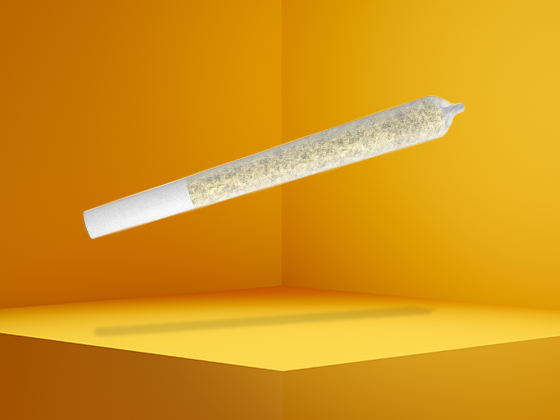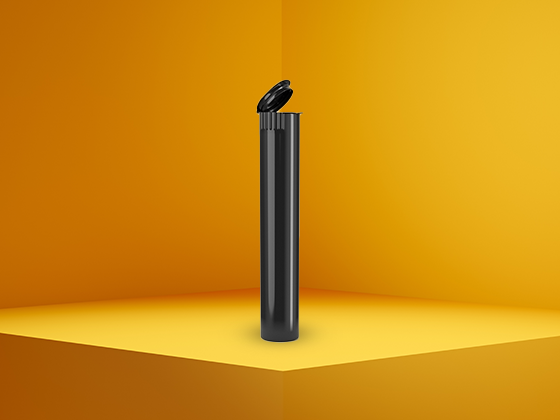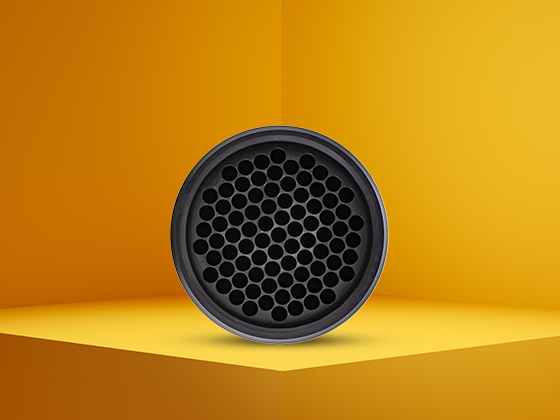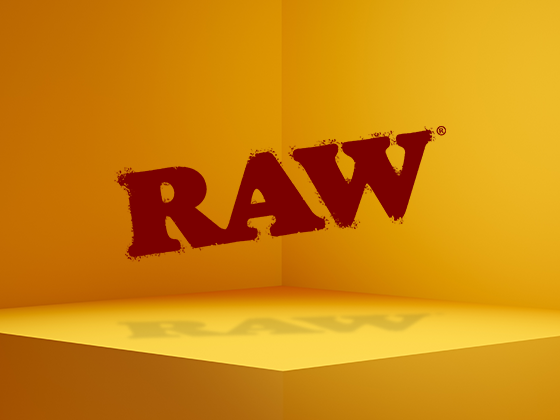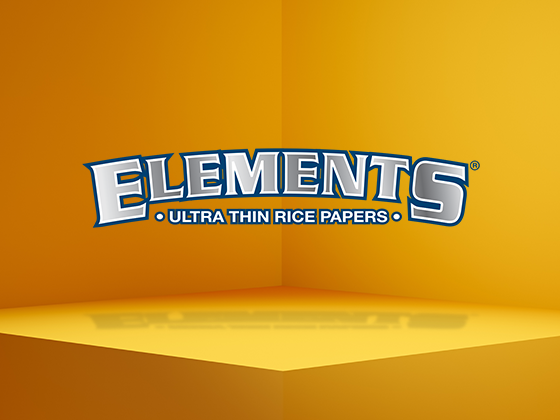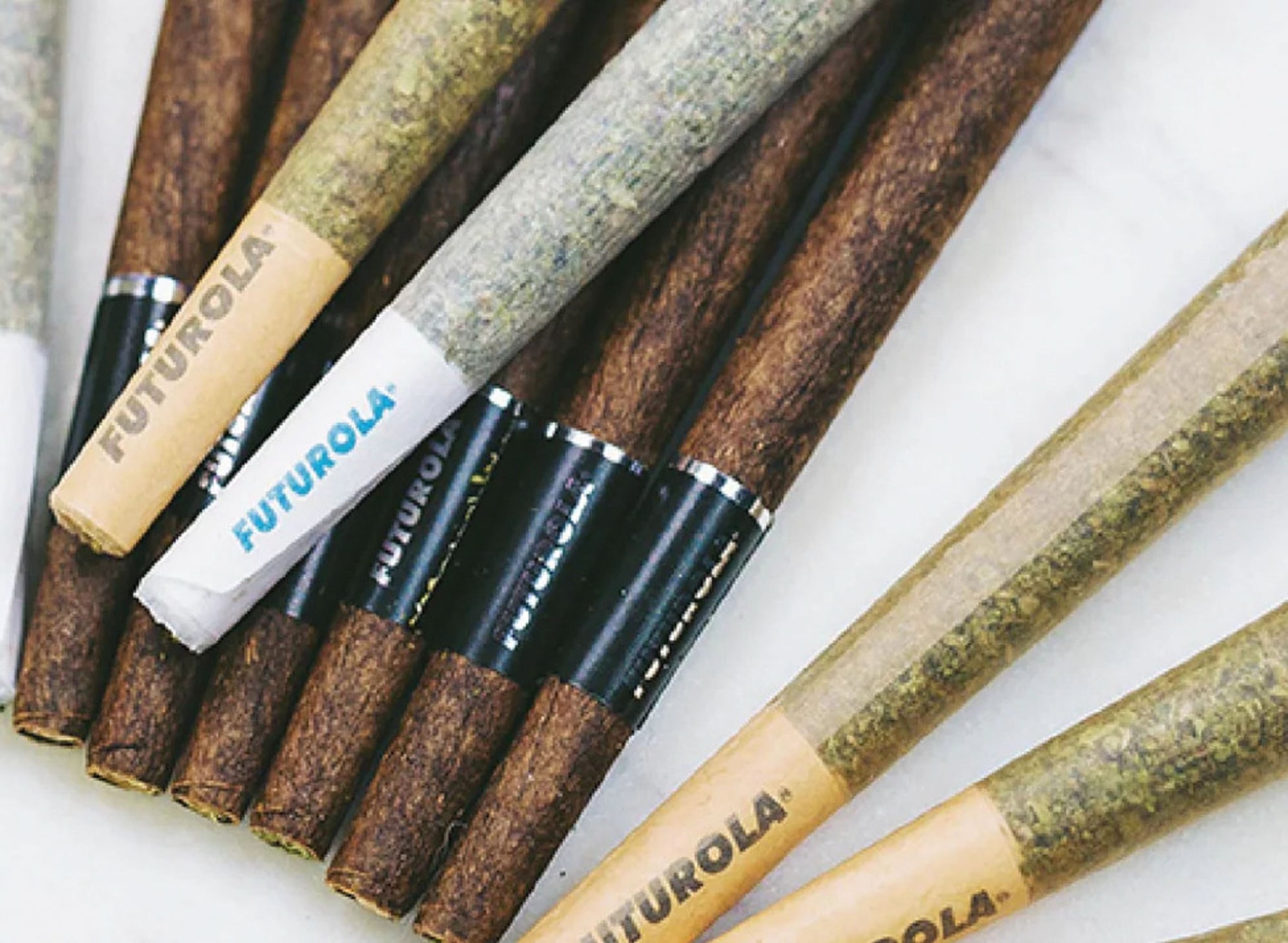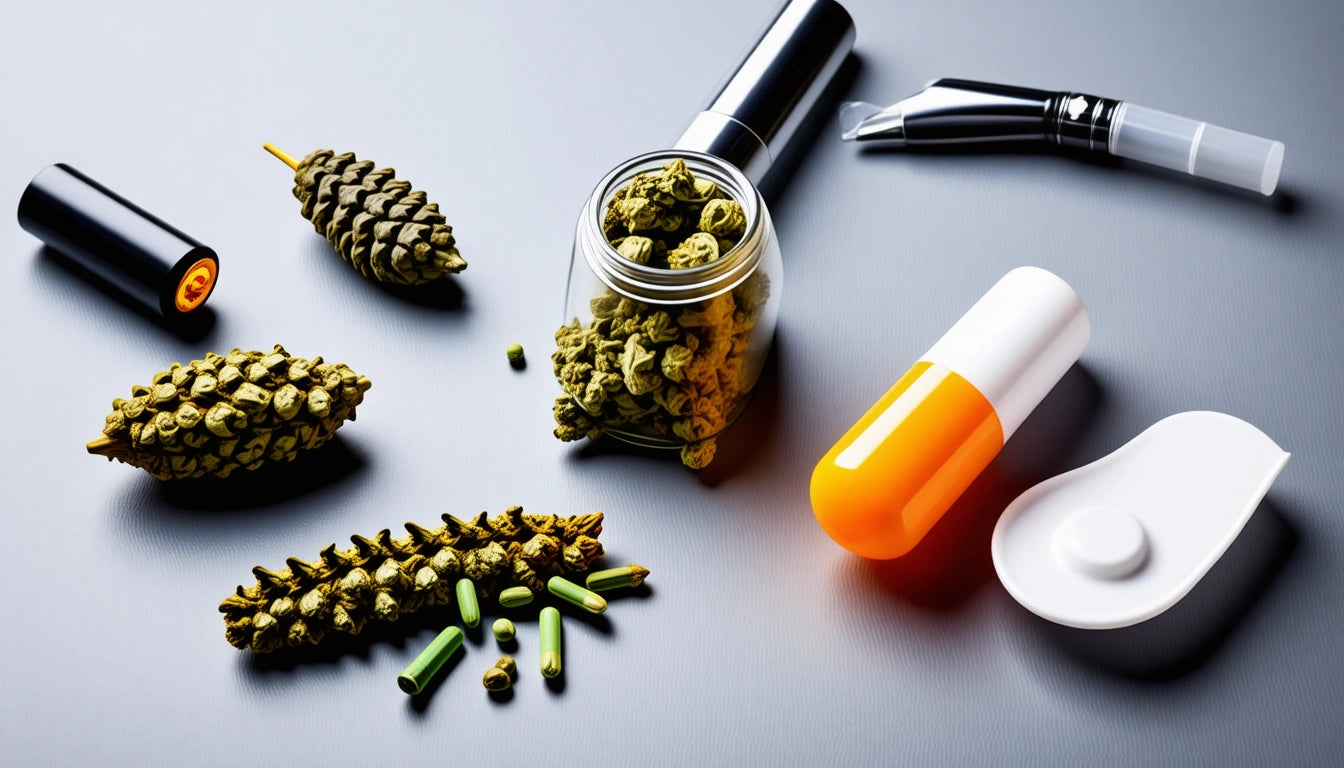Table of Contents
The Ultimate Guide to RAW Rolling Papers: Types and Uses
nnRAW rolling papers have revolutionized the smoking experience with their natural approach to paper manufacturing. Unlike conventional rolling papers, RAW wrap papers are unrefined, unbleached, and free from additives that can affect taste and burn quality. This comprehensive guide explores everything you need to know about these popular rolling papers, their varieties, and how to get the most out of them.
nnTypes of RAW Rolling Papers
nnRAW offers several distinct lines of rolling papers, each with unique characteristics designed to suit different preferences and purposes. Understanding these differences helps users select the perfect paper for their needs.
nnRAW Classic
nnRAW Classic papers are the brand's original offering, featuring a light tan color that comes from their unbleached, natural composition. These papers are made from a blend of unrefined plant fibers and natural plant gums, creating a thin yet sturdy wrapping paper that burns evenly and slowly. RAW Classic papers come in various sizes, from single wide to king size, accommodating different rolling preferences.
nnRAW Organic Hemp
nnFor those seeking an even more natural option, RAW Organic Hemp papers are made from 100% hemp fibers. These papers are slightly thicker than the Classic line but maintain excellent burning properties. The organic certification ensures that the hemp is grown without pesticides or chemicals, making these papers a favorite among health-conscious consumers. Many users report a smoother smoke and cleaner taste with these hemp-based papers.
nnRAW Black
nnRAW Black represents the ultra-thin premium line in the RAW family. These papers are 20% thinner than even the Classic papers, creating an experience where the paper is barely noticeable. The controversy and popularity of RAW Black papers stem from their delicate nature, which provides a pure taste but requires more skill to roll properly.
nnHighlight: All RAW rolling papers use natural gum Arabic as an adhesive rather than chemical glues, contributing to their clean-burning properties and reputation for quality.
nRAW Accessories and Complementary Products
nnBeyond rolling papers, RAW has expanded into a complete ecosystem of smoking accessories:
nn- n
- RAW Tips and Filters: Pre-cut cardboard filter tips that provide structure to hand-rolled cigarettes n
- Rolling Trays: Designed to contain materials and facilitate the rolling process n
- Rolling Machines: Mechanical devices that simplify rolling for beginners or those with dexterity issues n
- Pre-rolled Cones: Ready-to-fill paper cones for those who struggle with hand-rolling n
For those who prefer pre-rolled options, we offer premium alternatives like Hara Cones that provide the same quality experience with added convenience, perfect for both personal use and retail settings.
nnRolling Techniques for RAW Papers
nnRAW wrapping paper requires specific techniques to achieve the perfect roll, especially with the thinner varieties like RAW Black. Mastering the art of rolling with RAW papers involves several key steps:
nn- n
- Proper grinding of materials to ensure even distribution n
- Even placement along the crease of the paper n
- Tucking technique that creates a tight cylinder without tearing the paper n
- Sealing with just the right amount of moisture applied to the gum line n
Beginners often find that starting with RAW Classic papers before progressing to the thinner varieties helps build the necessary skills. The slightly more forgiving nature of the Classic papers makes them ideal for learning proper technique.
nnWhy Authenticity Matters with RAW Products
nnAs RAW's popularity has grown, so has the market for counterfeit products. Authentic RAW rolling papers have specific safety and composition standards that knockoffs often lack. Counterfeit papers may contain harmful chemicals, inconsistent burning properties, or inferior materials.
nnTo identify genuine RAW products, look for:
nn- n
- The RAW watermark visible when held to light n
- Criss-cross watermark pattern unique to RAW papers n
- Proper packaging with correct spelling and authentic RAW branding n
- QR codes on newer packaging that verify authenticity n
Comparing RAW with Alternative Rolling Papers
nnWhile RAW has captured significant market share, several alternatives exist. When comparing options, consider these factors:
nn- n
- Thickness: RAW papers tend to be thinner than many competitors, though brands like Elements and OCB also offer ultra-thin options n
- Material: While RAW focuses on unbleached and hemp papers, some competitors use flax, rice, or other plant fibers n
- Additives: Unlike flavored papers, RAW maintains a purist approach with no added flavors n
- Burning properties: RAW's even, slow burn compares favorably to many alternatives n
Finding authentic RAW products from authorized retailers ensures you're getting the genuine experience the brand is known for.
nnThe Future of Rolling Papers: Innovations and Sustainability
nnThe rolling paper industry continues to evolve, with RAW leading many innovations. RAW's packaging and presentation increasingly emphasize sustainability, with recycled materials and plastic-free options becoming standard.
nnAs consumer preferences shift toward more environmentally conscious products, RAW and other manufacturers are responding with biodegradable packaging, sustainable sourcing practices, and carbon-neutral manufacturing processes. This evolution reflects broader industry trends toward responsibility and sustainability while maintaining the quality that enthusiasts expect.
nnWhether you're new to RAW rolling papers or a longtime user, understanding the various options, proper techniques, and how to identify authentic products ensures the best possible experience with these popular natural papers.

